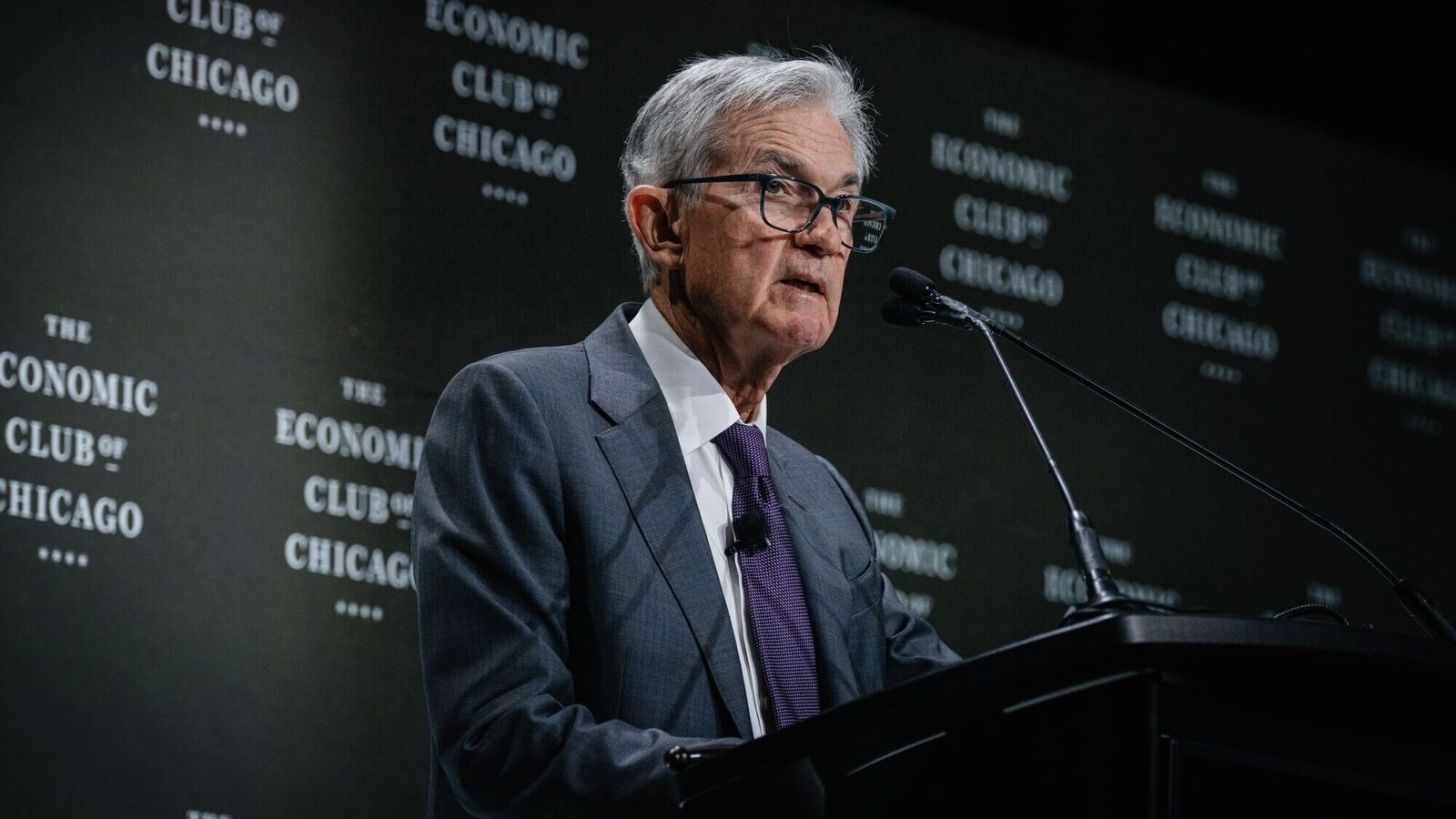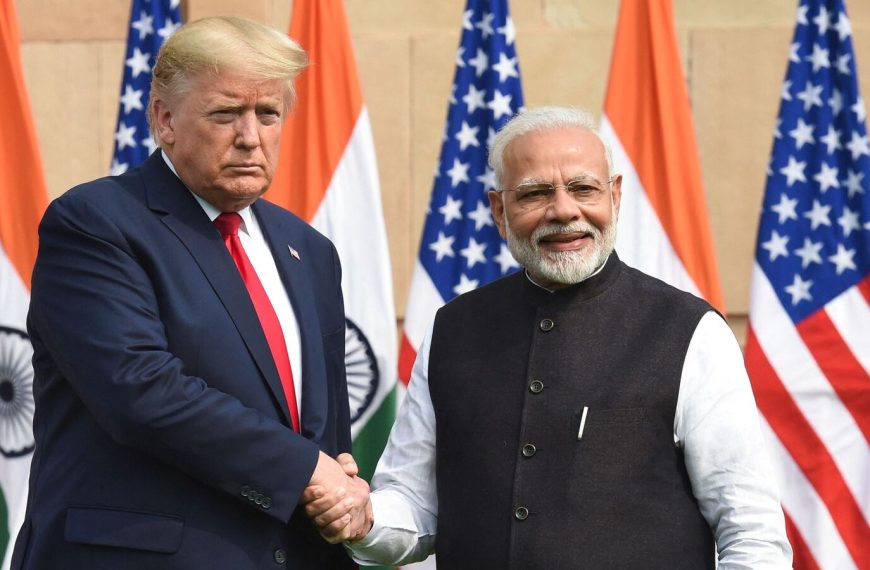On Wednesday, Jerome Powell, the Chair of the U.S. Federal Reserve, addressed the audience at the Economic Club of Chicago, emphasizing the central bank’s commitment to a patient approach amidst economic uncertainties. He indicated that the Fed is not ready to modify its interest rate policy until a clearer economic picture emerges. Powell also raised concerns regarding the potential impact of President Donald Trump’s tariff policies on inflation and employment, which could lead to significant deviations from the Fed’s targets.
The Fed’s Stance on Interest Rates
In his speech, Powell stated, “For now, we are well-positioned to wait for greater clarity before considering any adjustments to our policy stance.” He highlighted a complex scenario where tariffs could increase consumer prices while simultaneously stifling economic growth and weakening the labor market. This dual effect, he warned, might push inflation and employment further away from the Fed’s objectives.
- Interest Rates: The Fed is currently maintaining its interest rates.
- Economic Uncertainty: Powell is cautious about the implications of tariffs.
- Employment Levels: The U.S. is close to full employment, yet uncertainties loom.
Tariffs and Their Economic Implications
Powell expressed that the administration’s tariff strategies represent “fundamental changes” in economic policy that lack historical precedents for accurate modeling. He noted, “These are very fundamental policy changes. There isn’t a modern experience of how to think about this.” With tariffs surpassing previous estimates, there’s concern over their potential to inflict lasting damage on the economy.
He remarked that the anticipated inflation rate is likely to ease towards the Fed’s target of 2%, a scenario many experts previously deemed improbable. “The level of the tariff increases announced so far is significantly larger than anticipated,” Powell explained, emphasizing the risks associated with ongoing tariff uncertainty.
Market Reactions and Future Outlook
Discussing market dynamics, Powell linked the recent volatility to rational adjustments by investors responding to the Trump administration’s abrupt trade policy changes. He assured that the bond and stock markets are operating effectively, indicating that investors are adapting to the evolving economic landscape.
In response to speculation about a potential “Fed put”—a term used to describe the central bank’s intervention during market downturns—Powell dismissed this notion. He stated, “Markets are struggling with a lot of uncertainty, and that means volatility. But having said that, markets are functioning… they’re orderly and they’re functioning just about as you would expect them to function.”
Key Takeaways
- Wait-and-See Approach: The Fed is in no rush to change interest rates.
- Impact of Tariffs: Tariffs could complicate economic growth and job markets.
- Market Stability: Current market volatility is seen as an adjustment to new policies rather than a sign of instability.
As the situation unfolds, all eyes remain on the Federal Reserve’s next moves in response to evolving economic conditions and trade policies. For more insights on economic developments, you might be interested in how international trade agreements are shaping global markets.











